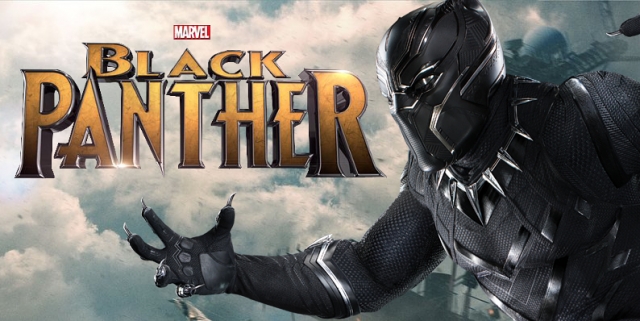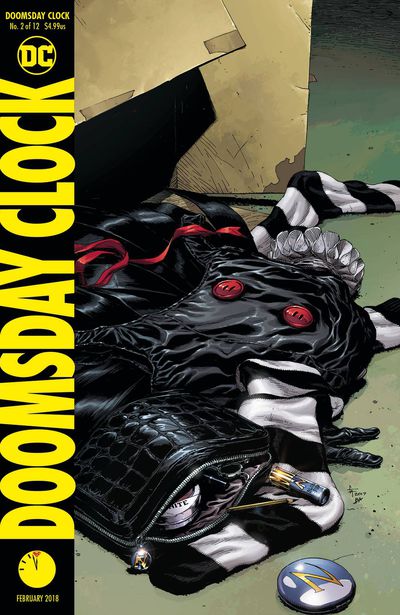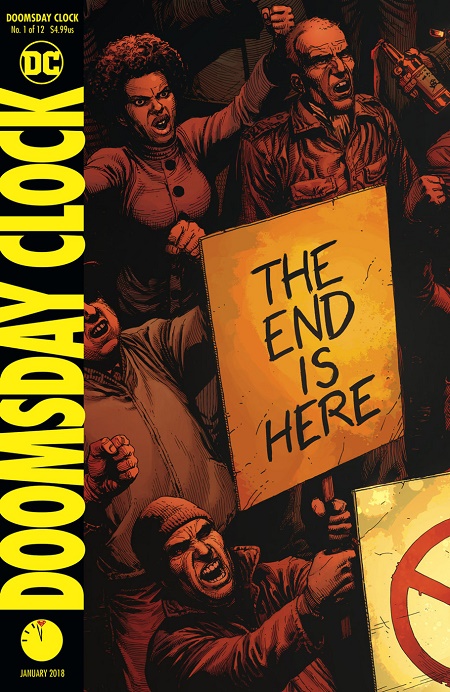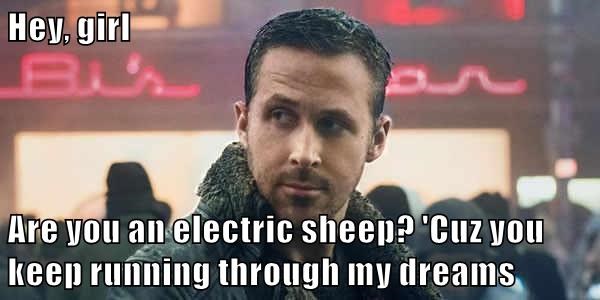 With all the excitement and hype surrounding last week’s release of Marvel Studios’s Black Panther, it’s easy to forget that, when the movie was announced as part of the Marvel Cinematic Universe’s Phase Three three and a half years ago, it looked to be nothing but a flick about another mid-tier character just to keep our juices flowing until Infinity War. While we loved Black Panther when he was pulled out of his element in Wakanda and dropped into a gritty pulp action story, his day-to-day adventures at home never set our world on fire, and we were looking far less forward to this than we were, say, Captain Marvel.
With all the excitement and hype surrounding last week’s release of Marvel Studios’s Black Panther, it’s easy to forget that, when the movie was announced as part of the Marvel Cinematic Universe’s Phase Three three and a half years ago, it looked to be nothing but a flick about another mid-tier character just to keep our juices flowing until Infinity War. While we loved Black Panther when he was pulled out of his element in Wakanda and dropped into a gritty pulp action story, his day-to-day adventures at home never set our world on fire, and we were looking far less forward to this than we were, say, Captain Marvel.
Since then, Marvel installed an A-list director who turned the movie into something much more than the half-decent filler in between Avengers movies we initially expected. We saw the movie this weekend (in a local theater packed in a way we haven’t seen since the first Spider-Man movie), and we discuss, in a spoiler-filled way, how we liked it, what worked for us and what didn’t, the worldbuilding and the depth of the character bench, and some of the political commentary we found to be embedded in the film.
We also discuss January 24th’s Doomsday Clock #3, written by Geoff Johns with art by Gary Franks. This is the third issue in the DCU / Watchmen universe crossover, and we go into it in depth in a segment which we’re beginning to refer to, here at the Crisis On Infinite Midlives Home Office, as “Dr. Manhattan Can’t Do That, Dammit!”
This show was recorded live to tape, with minimal editing. So if you’ve been looking for a comics podcast where one of the hosts wants to move to Wakanda so they can find someone competent to program their Nest thermostat, you’ve come to the right place.
Podcast: Play in new window | Download (Duration: 1:59:00 — 99.9MB)
Subscribe: Apple Podcasts | Android | Google Play | Stitcher | TuneIn | RSS | More
Thanks for listening, suckers!



 Podcast RSS Feed
Podcast RSS Feed iTunes
iTunes Google Play
Google Play Stitcher
Stitcher TuneIn Radio
TuneIn Radio Android
Android Miro Media Player
Miro Media Player Comics Podcast Network
Comics Podcast Network